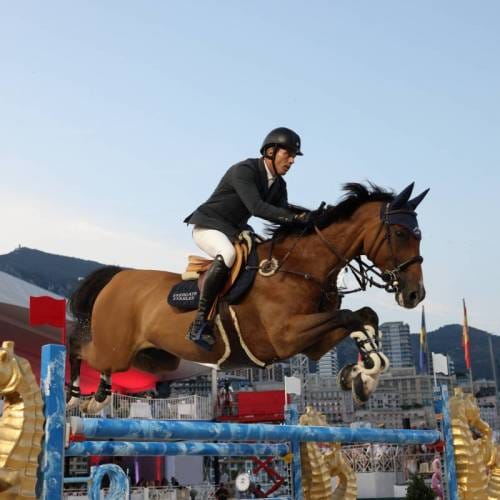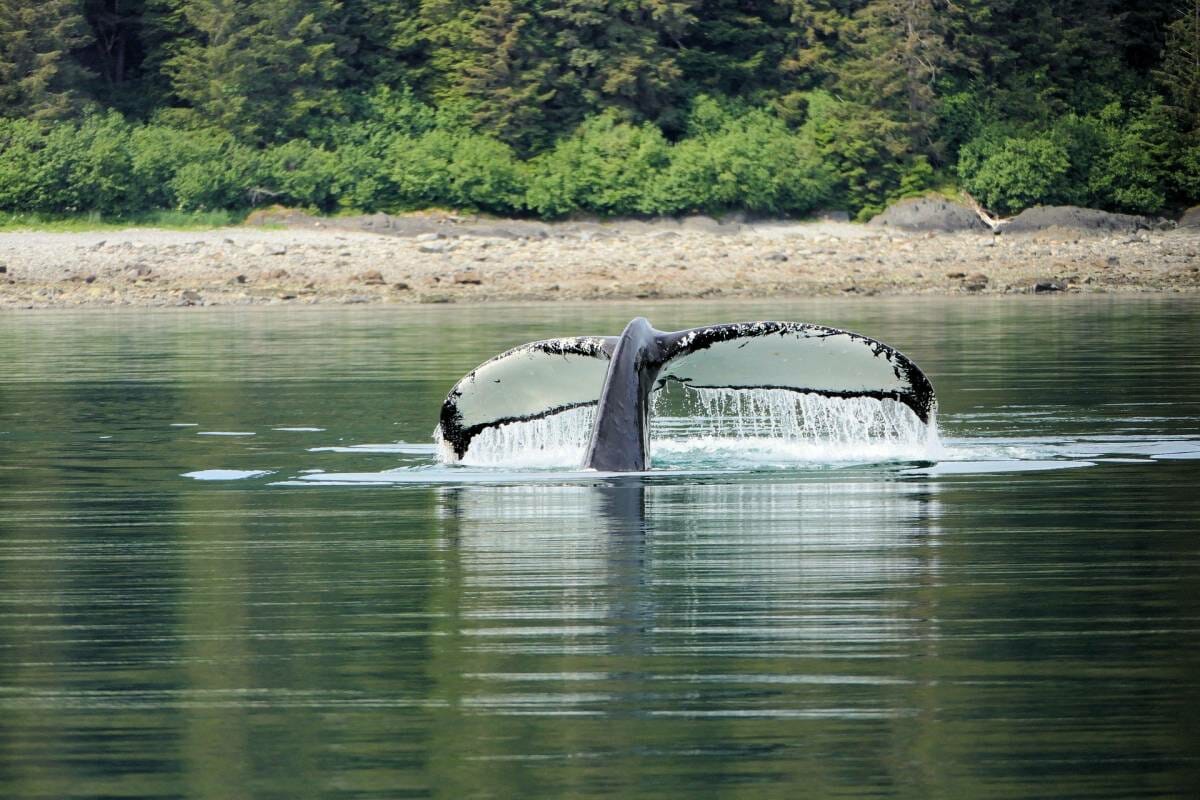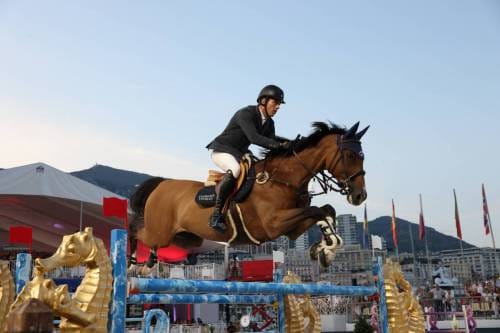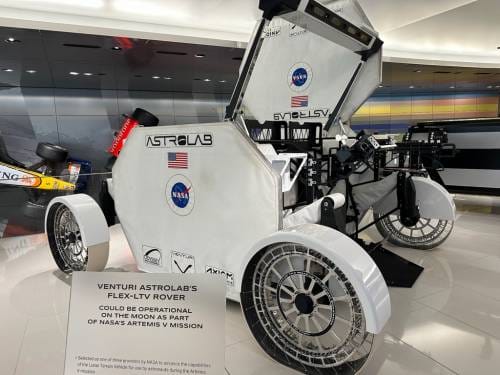Scientists set out to protect cetaceans. To accomplish this task, during the first lockdown, they studied the bioacoustics of cetaceans for several months. The mission was supported by the Principality of Monaco.
Before and during last spring, scientists studied cetaceans in the heart of the Pelagos Sanctuary, which is the habitat of whales in the Ligurian Sea. The mission was named Sphyrna Odyssey and was met with support from Monegasque environmentalists. The results of the project were made public during Monaco Ocean Week.
Sphyrna Odyssey
In order to seize this historic opportunity to characterise the marine environment in a state of low noise pollution, Sphyrna Odyssey launched the Quiet Sea scientific mission with the exceptional support of the Prince Albert II of Monaco Foundation. It was launched with the specific goal of better understanding cetaceans, and studying their bioacoustics in the heart of the sanctuary of Pelagos, Lyon Bay and Mallorca. For months, two marine drones have been listening to these royal animals in their natural habitat, in the bottomless depths.
Scientists plan to use the resulting information on their acoustic behaviour as a pack and information on the impact of noise pollution on cetaceans’ anxiety, to better protect the oceans. And in particular, reduce the number of tragic collisions with ships.
Two autonomous ships with of a futuristic form and an electric motor were designed and built by SeaProven to carry out this study. Hidden under the hull, the highly sensitive hydrophones were the “ears” of scientists. They listened to cetaceans up to 2,000 metres deep and within a radius of six kilometres. These drones are very stable and make very little noise, which doesn’t get in the way of their eavesdropping mission.
The pandemic has become an excellent case for research. First of all, less than 5 km off the coast, the devices recorded a decrease in sound levels of about 15 decibels due to a lack of boats and shuttles. On the other hand, at the 15-kilometre mark and beyond there is a traditional buzz: the movement of goods into and from major ports has hardly changed. Finally, chemical samples showed a 50 % reduction in soluble hydrocarbon pollutants.
Mission findings
Cetaceans need a certain silence to form a pack. Since they communicate at least 500 metres apart to coordinate their pack, this distance must be preserved. This distance ensures optimal pack dispersion, so it captures enough prey. Unfortunately, they are constantly under the combined pressures of ocean conditions and anthropogenic noise.
Submarine and port operations, hammers of bottom digging machines and submarine sonars create a real chaos in the ocean. If you look at the new ferries, they make less noise than the little ferries that are 20 years old and cross the Mediterranean. Today, there is a real problem with the use of old boats. New technologies create quiet boats before they get to a certain speed. But people must be reasonable about their speed: if this figure increases by 10 %, it will lead to a significant increase in acoustic pollution.
Humanity must use all this information and follow some rules that make life easier for animals.









